7 Attributes Kids Need to Build Resilience & Overcome Challenges
In order to raise good humans who can overcome challenges, love others and be interdependent, the absolute best way to do this is by helping our kids build resilience.

In order to raise good humans who can overcome challenges, love others and be interdependent, the absolute best way to do this is by helping our kids build resilience.
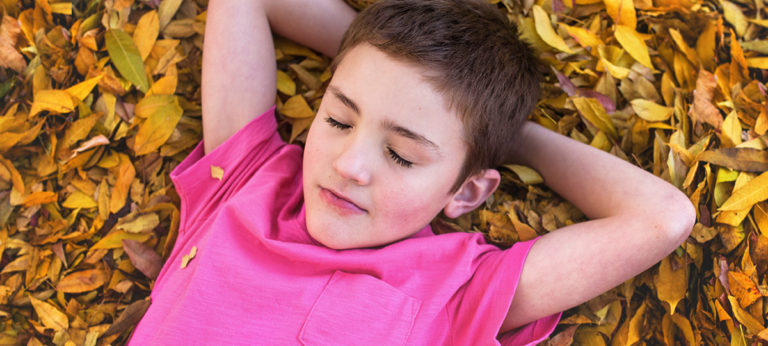
Helping kids develop a sense of self-awareness can go a long way. it can help them be nicer to their siblings and friends, become good problem-solvers, handle big emotions and understand their purpose in this world. Here are seven ways to help kids develop this invaluable skill!
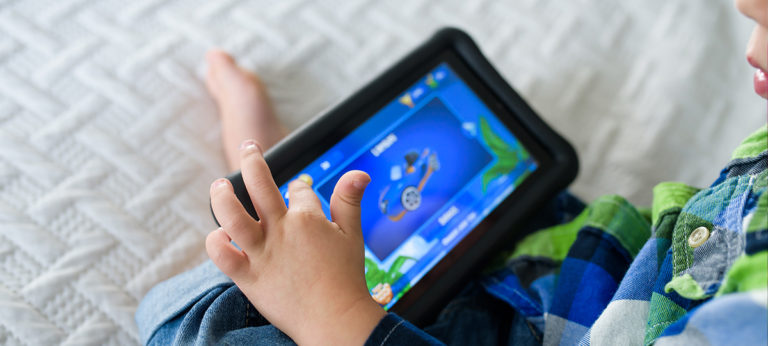
I have breaking news!! Kids do not need high tech toys and gadgets for development, self-regulation, and executive functioning or to make them learn faster or better!
What babies, toddlers, preschoolers, and school-aged kids really need is human interaction. They also need ways to expand their minds.
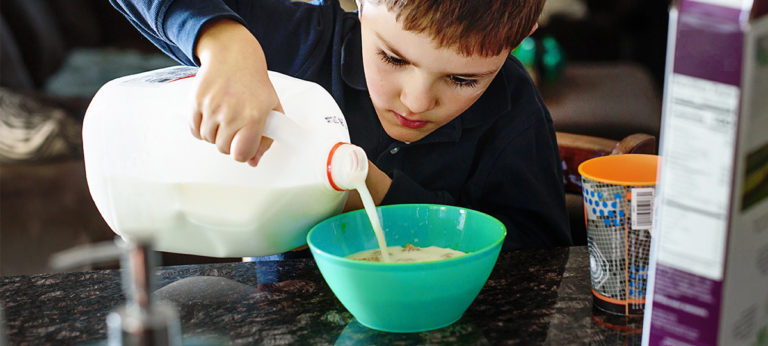
I’m so excited to feature Sierra, a content creator for The Zebra. It is a site that compares auto insurance quotes for users! She wrote…
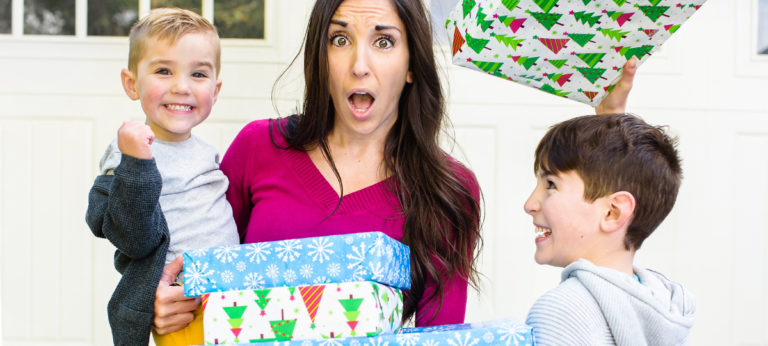
Holidays can be a very stressful time of year. Learn what causes this and how to be kind and nice to your kids during what’s supposed to be the most joyful time of year.

The holidays are full of excitement and for some kids it’s too much especially for those who suffer from an anxiety disorder. Learn what to look for and how to effectively help your child.

The ULTIMATE list of activities and open-ended toys for toddlers. Included are many toys your toddler and preschooler will play with over and over again AND lists of craft supplies that will entertain your child so you can get things done!

When you think about gratitude, you probably think of saying thank you or teaching your child to say those words at appropriate times. However, gratitude is a little more than that. There are many ways to teach kids how to be thankful!
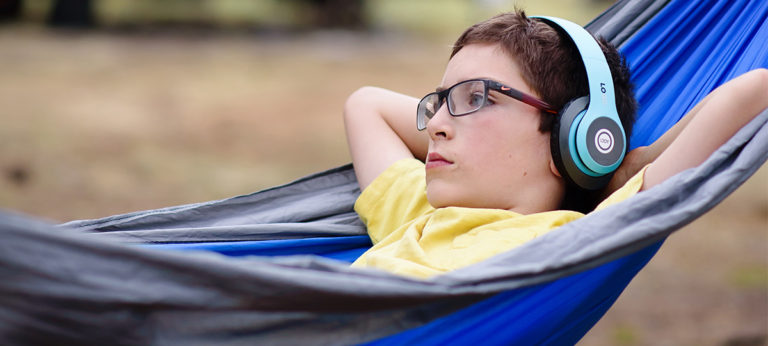
It can be hard for kids to show appreciation. What might seem like entitlement can actually be a few other things. Find out all the reasons kids can be ungrateful.
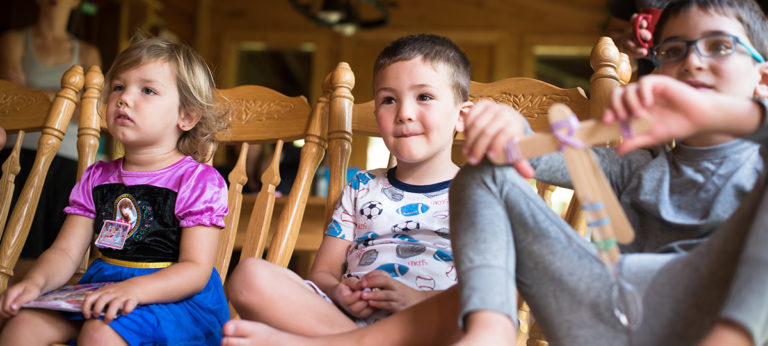
In the past when a problem came up, we would often be reactionary with our kids. We had certain rules set in place but weren’t…
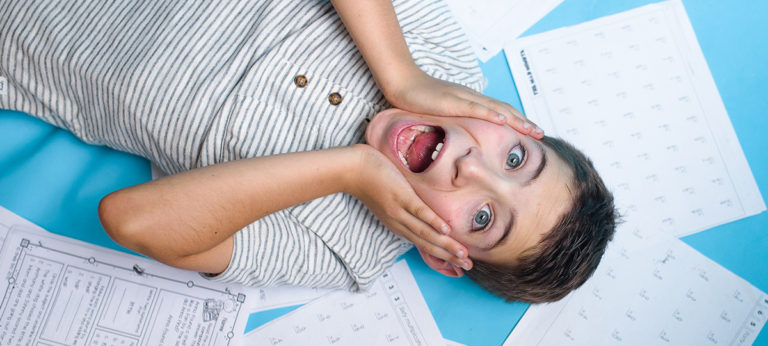
Learn how to end the homework battles, stop the tears and fights with these top 10 tips from educators and experts. Help your child be self-motivated and accomplish the purpose of homework.

Podcasts are a great way to learn from incredible experts and authors or be entertained by super funny people. There are so many that it can be overwhelming to find episodes that will help you in your parenting journey. Here is a list of great podcasts for parents and specific episodes that will make a difference.